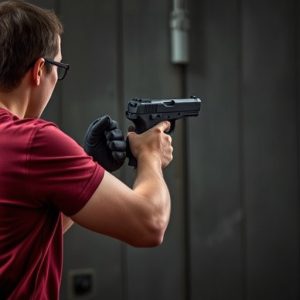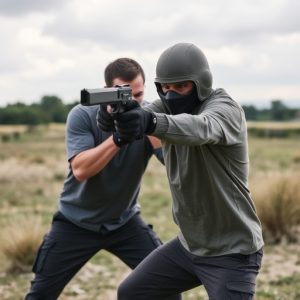Unveiling Stun Gun Detection: Challenges, Solutions, and Future Trends
The popularity of affordable stun guns for self-defense presents unique challenges in airport securi…….
The popularity of affordable stun guns for self-defense presents unique challenges in airport security, as their non-metallic design can evade traditional metal detectors. Thermal imaging cameras offer an alternative detection method but require enhanced situational awareness from users. Balancing self-defense rights with security measures is essential; innovative solutions are needed for discreet stun gun identification at public venues. Legal considerations, including clear labeling and advanced detection technologies, play a crucial role in regulating the use of affordable stun guns while ensuring public safety and individual rights.
In an era where personal safety is paramount, concealed weapon detection has become a critical topic. This article delves into the intricacies of stun gun detection technologies, addressing key challenges in their implementation, particularly in hidden carry scenarios and airport security. We explore affordable options, questioning their effectiveness while also considering legal aspects and future prospects for these systems. Armed with knowledge, understanding the capabilities and limitations of stun gun detection is crucial for self-defense enthusiasts.
- Understanding Stun Gun Detection Technologies
- Challenges in Concealed Carry and Airport Security
- Affordable Options and Their Effectiveness
- Legal Considerations and Future Prospects for Detection Systems
Understanding Stun Gun Detection Technologies
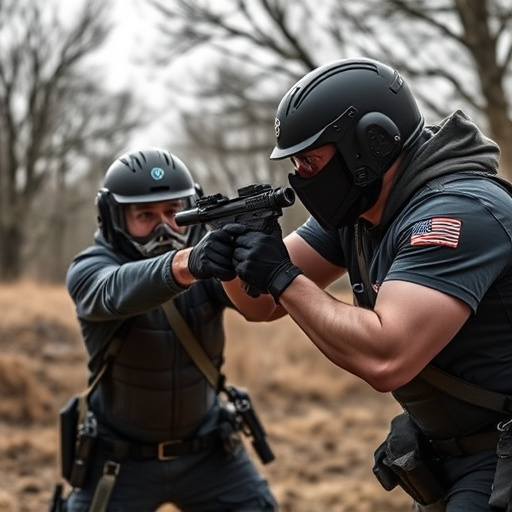
Stun gun detection technologies have evolved significantly, employing a range of methods to identify concealed weapons. One common approach uses metal detectors, which can pick up on the metallic components often found in stun guns. However, these devices are not foolproof; advanced users can employ non-metallic cases or other tactics to evade detection. Another technology leverages thermal imaging, as stun guns may generate heat during use, making them visible to specialized cameras.
Affordable stun guns for self-defense, while crucial for personal safety, introduce their own challenges in terms of detection. Lower-cost models might not incorporate advanced features designed to foil modern detection systems. As such, individuals carrying these weapons need to be particularly aware of the limitations and enhance their situational awareness.
Challenges in Concealed Carry and Airport Security
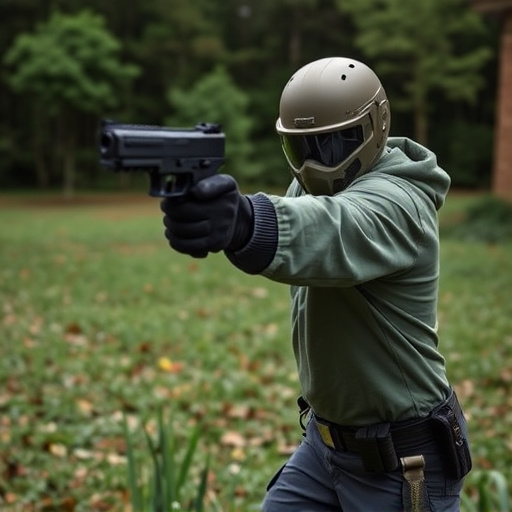
The challenges of concealed carry and airport security are significant concerns in the discussion around stun gun detection. With the rise in popularity of affordable stun guns for self-defense, ensuring their effective yet discreet use has become a complex issue. Concealed carriers face the constant challenge of balancing their right to protect themselves with the need to comply with stringent security measures at public venues, including airports.
Airport security protocols are designed to detect potential threats, and any device that can cause harm, such as stun guns, presents a complex problem. Traditional metal detectors and advanced imaging technologies often struggle to identify non-metallic objects or those disguised under clothing. This creates a significant hurdle for law enforcement and security personnel in distinguishing between legal self-defense tools and prohibited weapons, leading to potential false positives or negatives during screening processes.
Affordable Options and Their Effectiveness
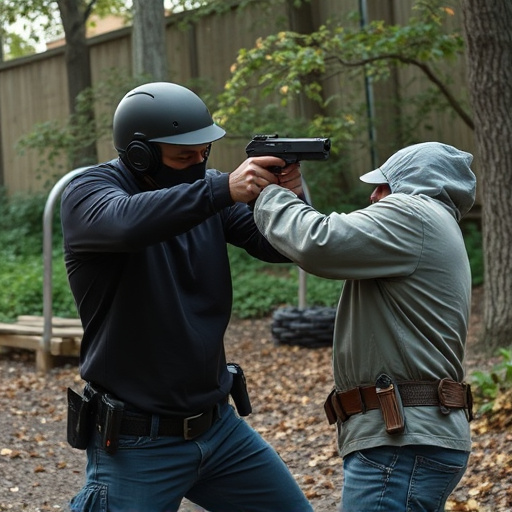
When it comes to affordable options for personal protection, stun guns have gained popularity as a non-lethal self-defense tool. Many budget-conscious individuals are opting for these devices due to their accessibility and potential to deter attackers. The market offers a range of cheap stun guns, but it’s essential to consider the trade-off between cost and effectiveness. While they may be an affordable solution, some models might not deliver the required jolt or have limited range, which could impact their overall usability in real-life situations.
Despite the concerns, there are reliable and powerful stun guns available at reasonable prices. These devices often use high voltage and low amperage to ensure a strong shock without causing severe harm. With proper research and consideration of user reviews, individuals can find an affordable stun gun that suits their needs, offering peace of mind and an extra layer of security.
Legal Considerations and Future Prospects for Detection Systems
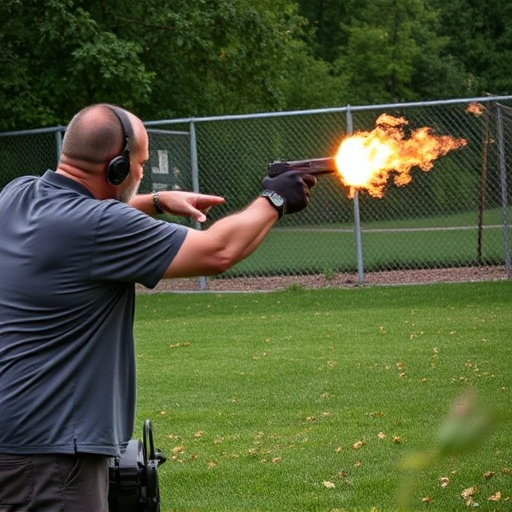
Legal considerations play a significant role in the development and implementation of concealed stun gun detection systems. The balance between public safety and individual rights is delicate, especially when it comes to self-defense tools like affordable stun guns. Striking a chord between allowing citizens to protect themselves and ensuring law enforcement has the means to detect these devices requires thoughtful legislation. Many countries are grappling with this issue, often focusing on regulations that require clear labeling or specific authorization for carrying stun guns, while also investing in advanced detection technologies.
Looking ahead, the future of concealed stun gun detection systems appears promising. With technological advancements, we can expect more sophisticated and affordable devices capable of identifying stun guns hidden on individuals. From wearable sensors to enhanced security screenings, these innovations aim to keep pace with the growing availability of compact self-defense tools. As research progresses, it’s crucial that these systems remain accessible while adhering to legal frameworks, ensuring a safe and informed society where citizens can exercise their right to protect themselves without compromising public safety.
As we’ve explored the landscape of concealed stun gun detection, it’s clear that while technology like metal detectors and advanced imaging systems play a role, there are no foolproof solutions. The challenge lies in balancing effective protection against hidden weapons with individual privacy rights and accessibility to lawful self-defense options. Affordable stun guns for self-defense represent a crucial consideration, offering a viable alternative to costly and potentially invasive detection methods. Future advancements must address current limitations through collaborative efforts between technology developers, law enforcement, and policymakers to create a safer environment without infringing on civil liberties.

